Review: 2019 Swarf Contour 29 - A Hard-Charging Short Travel Fully
I’m not sure whether you can call something a resurgence if it never went away in the first place, but one thing is clear, steel mountain bikes are a viable alternative to carbon and aluminum, and here in the UK there’s a thriving band of small bike brands working with the material.
Nestled in the beautiful Tweed Valley is Swarf Cycles, run by ex-aerospace design engineer Adrian Bedford. He started building his own bikes in 2011, and after a few years making a name for himself with custom steel hardtails turned his attention to a full-suspension bike perfectly suited to UK riding. The Contour 29er was born.
Nestled in the beautiful Tweed Valley is Swarf Cycles, run by ex-aerospace design engineer Adrian Bedford. He started building his own bikes in 2011, and after a few years making a name for himself with custom steel hardtails turned his attention to a full-suspension bike perfectly suited to UK riding. The Contour 29er was born.
Contour Swarf 29er Details
Intended use: XC/trail
Travel: 115mm rear / 130mm front
Wheel size: 29"
Frame construction: Reynolds 853
Head angle: 66.5º
Sizes: S, M, L, XL
Weight: 32 lbs / 14.5 kg (size large, without pedals)
Price: £1,950 UK frame only
More info: www.swarfcycles.co.uk
Intended use: XC/trail
Travel: 115mm rear / 130mm front
Wheel size: 29"
Frame construction: Reynolds 853
Head angle: 66.5º
Sizes: S, M, L, XL
Weight: 32 lbs / 14.5 kg (size large, without pedals)
Price: £1,950 UK frame only
More info: www.swarfcycles.co.uk
Unfortunately, the company says it’s unable to ship to the US and Canada due to insurance reasons, but it is something it is working to change so watch this space!
Contents
Construction and Features
Looks are subjective, but I’m going to go out on a limb and say the Contour is a bloody good looking bike. I’m a sucker for a steel frame, which probably helps; there's something about the simplicity and skinniness of the steel tubes, and I always like a straight line from the dropout to the head tube through the rear stays and top tube. It just looks right. It’s well proportioned and elegant to my eyes.
The level of workmanship is very high, the frame is extraordinarily nicely made and packed with lovely details, showing a clear passion by Adrian for producing the finest possible product. The frame is TIG-welded, using Reynolds 853 for the down tube and top tube, and Reynolds 631 for the head tube and seat tube, while Dedacciai 25CrMo4 and 4130 CrMo plain gauge tubing are used for the chainstays and seatstays. The main pivot and linkage are made from aluminum and all the pivot hardware is stainless steel with 5mm hex bolts.
Steel is of course known for its natural flex, which is one of the reasons why it’s still a popular choice for making bikes in the face of lighter and stiffer alternatives. Swarf has utilised this flex in the seat stays, flattened slightly along their length, to allow a small degree of vertical flex which eradicates the necessity for a dropout pivot, thus saving weight, cost and complexity.
There are lots of sensible details. The bottom bracket is threaded and all cable routing is external apart from the stealth dropper port. The 44mm head tube is reinforced and the seat tube slot faces forward to minimize the ingress of mud. The rear dropout on this test bike is old-school 142x12mm, but production bikes will feature the wider 148x12mm Boost configuration, and there’s clearance for a 2.5” tire. The IS brake mount accommodates up to a 180mm disc rotor and up front, it’s designed around 1x only with a 32 or 34t chainring recommended. Frame weight is a claimed 3.2kg (7.0lb) without a shock.
And most importantly of all in this era of hydration pack less riding, there’s space for one water bottle inside the main triangle.
Looks are subjective, but I’m going to go out on a limb and say the Contour is a bloody good looking bike. I’m a sucker for a steel frame, which probably helps; there's something about the simplicity and skinniness of the steel tubes, and I always like a straight line from the dropout to the head tube through the rear stays and top tube. It just looks right. It’s well proportioned and elegant to my eyes.
The level of workmanship is very high, the frame is extraordinarily nicely made and packed with lovely details, showing a clear passion by Adrian for producing the finest possible product. The frame is TIG-welded, using Reynolds 853 for the down tube and top tube, and Reynolds 631 for the head tube and seat tube, while Dedacciai 25CrMo4 and 4130 CrMo plain gauge tubing are used for the chainstays and seatstays. The main pivot and linkage are made from aluminum and all the pivot hardware is stainless steel with 5mm hex bolts.
Steel is of course known for its natural flex, which is one of the reasons why it’s still a popular choice for making bikes in the face of lighter and stiffer alternatives. Swarf has utilised this flex in the seat stays, flattened slightly along their length, to allow a small degree of vertical flex which eradicates the necessity for a dropout pivot, thus saving weight, cost and complexity.
There are lots of sensible details. The bottom bracket is threaded and all cable routing is external apart from the stealth dropper port. The 44mm head tube is reinforced and the seat tube slot faces forward to minimize the ingress of mud. The rear dropout on this test bike is old-school 142x12mm, but production bikes will feature the wider 148x12mm Boost configuration, and there’s clearance for a 2.5” tire. The IS brake mount accommodates up to a 180mm disc rotor and up front, it’s designed around 1x only with a 32 or 34t chainring recommended. Frame weight is a claimed 3.2kg (7.0lb) without a shock.
And most importantly of all in this era of hydration pack less riding, there’s space for one water bottle inside the main triangle.
Geometry & Sizing
Progressive is the overused buzzword when it comes to describing geometry on mountain bikes these days, and the Swarf 29er certainly has modern numbers without being outlandish. The size large tested has a reach of 465mm, a 66.5-degree head angle with a 130mm fork and the effective seat angle is 75.43-degrees on this size large. Chainstays are 445mm across the four sizes, wheelbase is 1220mm and bottom bracket drop is 41mm. The deliberately short seat tube means you could size up if you wanted.
Progressive is the overused buzzword when it comes to describing geometry on mountain bikes these days, and the Swarf 29er certainly has modern numbers without being outlandish. The size large tested has a reach of 465mm, a 66.5-degree head angle with a 130mm fork and the effective seat angle is 75.43-degrees on this size large. Chainstays are 445mm across the four sizes, wheelbase is 1220mm and bottom bracket drop is 41mm. The deliberately short seat tube means you could size up if you wanted.
Suspension Design
The Swarf 29er uses a link-driven shock single pivot suspension design, with flex seatstays in place of a small pivot out near the dropout. It’s been two years in development and it really shows; it’s extremely nicely packaged, with the horizontally mounted shock and compact aluminum linkage and neatly bent seat tube. It provides a progressive leverage ratio to make the most of the 115mm rear wheel travel, which also makes it possible to run a coil shock if you prefer.
The Swarf 29er uses a link-driven shock single pivot suspension design, with flex seatstays in place of a small pivot out near the dropout. It’s been two years in development and it really shows; it’s extremely nicely packaged, with the horizontally mounted shock and compact aluminum linkage and neatly bent seat tube. It provides a progressive leverage ratio to make the most of the 115mm rear wheel travel, which also makes it possible to run a coil shock if you prefer.
Test Bike Setup
It didn’t take me long to get the bike dialled to my liking, with the stock settings as supplied by Adrian not requiring any major changes. There’s good support on the Cane Creek website and app, and with 30% sag the rear suspension felt stable and composed without excessive bob on pedalling sections, and delivered a smooth performance throughout.
The Double Barrel shock does provide plenty of tuning options which can appear pretty intimidating at first, but provided you make small changes at a time, you can easily get a good setup that works well for you. The climb switch is useful for longer grinds, but I rarely used it for anything other than long fire road climbs.
David Arthur // Technical Editor
Age: 37
Location: Gloucestershire, UK
Height: 5'11"
Weight: 144 lbs
Industry affiliations / sponsors: None
Instagram: @davidjarthur
Age: 37
Location: Gloucestershire, UK
Height: 5'11"
Weight: 144 lbs
Industry affiliations / sponsors: None
Instagram: @davidjarthur
Climbing
The most obvious downside with the Contour’s choice of steel tubing is the weight. Steel is never going to be as light as aluminum or carbon, but at 32lb it’s comparable to the similarly specced Cotic FlareMAX I tested last year. As with that bike, you notice the weight when you lift it off the car rack or over a gate, and it doesn’t speed up climbs with the same verve as lighter bikes, but it’s no slouch, and once you’re rolling it carries its weight very well. Maintaining momentum is key here, rather than the point-and-squirt nature of some lighter bikes. It's worth mentioning that the supplied demo bike has quite a sturdy build, so weight could be saved if you built it up with a lighter set of parts for a bit more focus on climbing efficiency.
When it comes to going up, the very stable suspension helps progress hugely. There's enough anti-squat to ensure that the shock isn't heavily influenced by manic pedalling or excessive body movements, and it remained composed on long climbs. The climb switch on the shock is useful just for firming it up a bit more. On nadgery climbs with lots of step-ups and obstacles, the geometry and suspension come together nicely to ensure you can weave the bike through, over and around technical hurdles.
You do feel the weight start to work against you when you’re heart rate is getting up into the upper echelons of your capabilities, and you’re never going to keep up with your mate on a carbon race bike (I tried; I failed) but adopt a more relaxed climbing approach and the Swarf is more in its element. On undulating trails the Swarf allows you to make speedy progress with a good deal of agility for twisting through tree-lined trails. There’s no issue getting the big wheels around tight bends and switchbacks, it’s pleasantly easy to maneuver and shuffle along a twisting trail.
Over rough ground, the Swarf feels a little more forgiving than some super stiff carbon bikes with a similar amount of travel that I’ve ridden, which I put down to that small amount of flex in the frame. I had to be careful of pedal strikes on some trails with exposed roots and pointy rocks but it never became a major issue.
The most obvious downside with the Contour’s choice of steel tubing is the weight. Steel is never going to be as light as aluminum or carbon, but at 32lb it’s comparable to the similarly specced Cotic FlareMAX I tested last year. As with that bike, you notice the weight when you lift it off the car rack or over a gate, and it doesn’t speed up climbs with the same verve as lighter bikes, but it’s no slouch, and once you’re rolling it carries its weight very well. Maintaining momentum is key here, rather than the point-and-squirt nature of some lighter bikes. It's worth mentioning that the supplied demo bike has quite a sturdy build, so weight could be saved if you built it up with a lighter set of parts for a bit more focus on climbing efficiency.
When it comes to going up, the very stable suspension helps progress hugely. There's enough anti-squat to ensure that the shock isn't heavily influenced by manic pedalling or excessive body movements, and it remained composed on long climbs. The climb switch on the shock is useful just for firming it up a bit more. On nadgery climbs with lots of step-ups and obstacles, the geometry and suspension come together nicely to ensure you can weave the bike through, over and around technical hurdles.
You do feel the weight start to work against you when you’re heart rate is getting up into the upper echelons of your capabilities, and you’re never going to keep up with your mate on a carbon race bike (I tried; I failed) but adopt a more relaxed climbing approach and the Swarf is more in its element. On undulating trails the Swarf allows you to make speedy progress with a good deal of agility for twisting through tree-lined trails. There’s no issue getting the big wheels around tight bends and switchbacks, it’s pleasantly easy to maneuver and shuffle along a twisting trail.
Over rough ground, the Swarf feels a little more forgiving than some super stiff carbon bikes with a similar amount of travel that I’ve ridden, which I put down to that small amount of flex in the frame. I had to be careful of pedal strikes on some trails with exposed roots and pointy rocks but it never became a major issue.
Descending
It’s a good time to be in the market for a short travel bike as there are some really good choices, and the Contour is a shining example of a bike that is hugely entertaining and highly capable for trail riding and bossing the descents. It’s a proper little trail ripper that isn’t fazed on the sort of technical terrain where you might imagine or expect a 115mm bike to struggle.
The stance and shape of the bike give you bags of control, and the suspension is well controlled and nicely progressive for muscling down the techiest trails and over the biggest rocks you can muster the courage to tackle. The geometry isn’t super slack, but I reckon it’s right on the money for a short travel bike. The numbers give a superb level of nimbleness, it’s easy to shift the bike about the trail and manual the front wheel over ruts and lumps.
Proving that you should never judge a bike by the amount of travel it packs, the Swarf 29er is thoroughly capable any time you’ve got gravity on your side. It constantly blew away my expectations, proving to be hugely adept at dealing with any sort of terrain from wild and hairy to smooth and flowy. While it doesn’t quite hoover up bigger trail obstacles in the way a long travel bike does, it isn’t bucked easily off line and the balance provided by the geometry lets you take on the rough. The suspension provides good support throughout its stroke, never bottomed out harshly and was always ready for the next big impact. There’s also something about the inherent flex in the frame that provides another layer of damping feel when smashing into root gardens, yet without every feeling waywardly noodly and vague.
Simply put, anytime the trail pitches down the Swarf 29er rolls up its sleeves and shows you how a hard-charging short travel steel frame can operate on technical trails. It’s a really good match for typical UK trails as well, no surprise given this is a bike born on these trails. I enjoyed how nimble the Swarf felt at speed, with an easy-handling manner that just made it really good fun to ride on your fave singletrack. It’s a case of just enough suspension, just the right geometry numbers, just the right side of not too heavy, to come together to create a bike you simply don’t want to stop riding. Not all bikes put a smile on your face but the Swarf did every time.
How does it compare?
“Steel is real” is the oft-overused quote when talking about steel bikes. On the evidence put forward by the likes of the Cotic FlareMAX I tested last year and the Swarf Contour 29er, and a whole host of other small bike makers, the future of steel never looked so bright. Granted, it’ll never end up on top when it comes to matters like weight, but on all over fronts there’s a lot to like. We’re not all obsessed by weight, right?
Comparisons to the Cotic FlareMAX seem obvious and fitting since I’ve ridden both. They’re both designed around 29” wheels, have a steel frame with around 115-120mm rear wheel travel and sport contemporary trail bike geometry.
The Swarf gets an extra bonus point straightaway for easily accommodating a water bottle - it’s a bit tight on the Cotic. But what about the handling and performance? The Swarf feels the better all-rounder with a more efficient suspension that benefits climbing, despite their similar weight. Get onto a choppy descent and the longer Cotic edges ahead with more sheer speed potential and noticeably more stable. The Swarf is that bit more nimble though and is more fun through flatter turns.
They are both incredibly close, however; don’t ask me to choose one over the other because, to be honest with you, I can’t decide. No bike is an XC whippet but the Cotic sits closer to DH fun.
Technical Report
Cane Creek DB Air IL shock: I’ve spent quite a lot of time on this shock this year and have grown to really like its wide range of customisation and relatively easy setup, once you get your head around the dials. The climb switch is less useful due to how efficient this bike is, so I rarely needed it even on the draggiest climbs.
Shimano SLX gears and brakes: The trickle-down effect has really benefited cheaper groupsets and the SLX setup works a treat, you get most of the tech of higher-end groupset with a lower price tag. Crisp gear changes, solid brakes and good reliability sum up SLX. It’s only outclassed when it comes to the gear range offered by SRAM’s GX.
Maxxis Minion DHR/DHF tires: I think we can all agree the Minion is a top-class tire so I was delighted when I pulled the Swarf out of its box to see this tire combo fitted. Stacks of grip in most conditions and letting you fully exploit the potential of the bike, what’s not to like?
Cane Creek DB Air IL shock: I’ve spent quite a lot of time on this shock this year and have grown to really like its wide range of customisation and relatively easy setup, once you get your head around the dials. The climb switch is less useful due to how efficient this bike is, so I rarely needed it even on the draggiest climbs.
Shimano SLX gears and brakes: The trickle-down effect has really benefited cheaper groupsets and the SLX setup works a treat, you get most of the tech of higher-end groupset with a lower price tag. Crisp gear changes, solid brakes and good reliability sum up SLX. It’s only outclassed when it comes to the gear range offered by SRAM’s GX.
Maxxis Minion DHR/DHF tires: I think we can all agree the Minion is a top-class tire so I was delighted when I pulled the Swarf out of its box to see this tire combo fitted. Stacks of grip in most conditions and letting you fully exploit the potential of the bike, what’s not to like?
Pros
+ Looks great.
+ Modern geometry.
+ Stable and progressive suspension.
Cons
- Heavy.
- Low bottom bracket can lead to extra pedal strikes
- Not available in US or Canada yet
Is this the bike for you?
If you crave a solid and stable short travel bike that can rip with the best of them on any technical trail, and love the idea of a steel frame because, well, it’s a really nice alternative to the more mainstream choices, then the Swarf is easy to recommend. It’ll help if you’re not overly fussed about weight and the idea of buying from an independent frame builder doing it for the passion of building bikes rather than chasing commercial sales targets.
If you crave a solid and stable short travel bike that can rip with the best of them on any technical trail, and love the idea of a steel frame because, well, it’s a really nice alternative to the more mainstream choices, then the Swarf is easy to recommend. It’ll help if you’re not overly fussed about weight and the idea of buying from an independent frame builder doing it for the passion of building bikes rather than chasing commercial sales targets.
Author Info:
Must Read This Week
Sign Up for the Pinkbike Newsletter - All the Biggest, Most Interesting Stories in your Inbox
PB Newsletter Signup
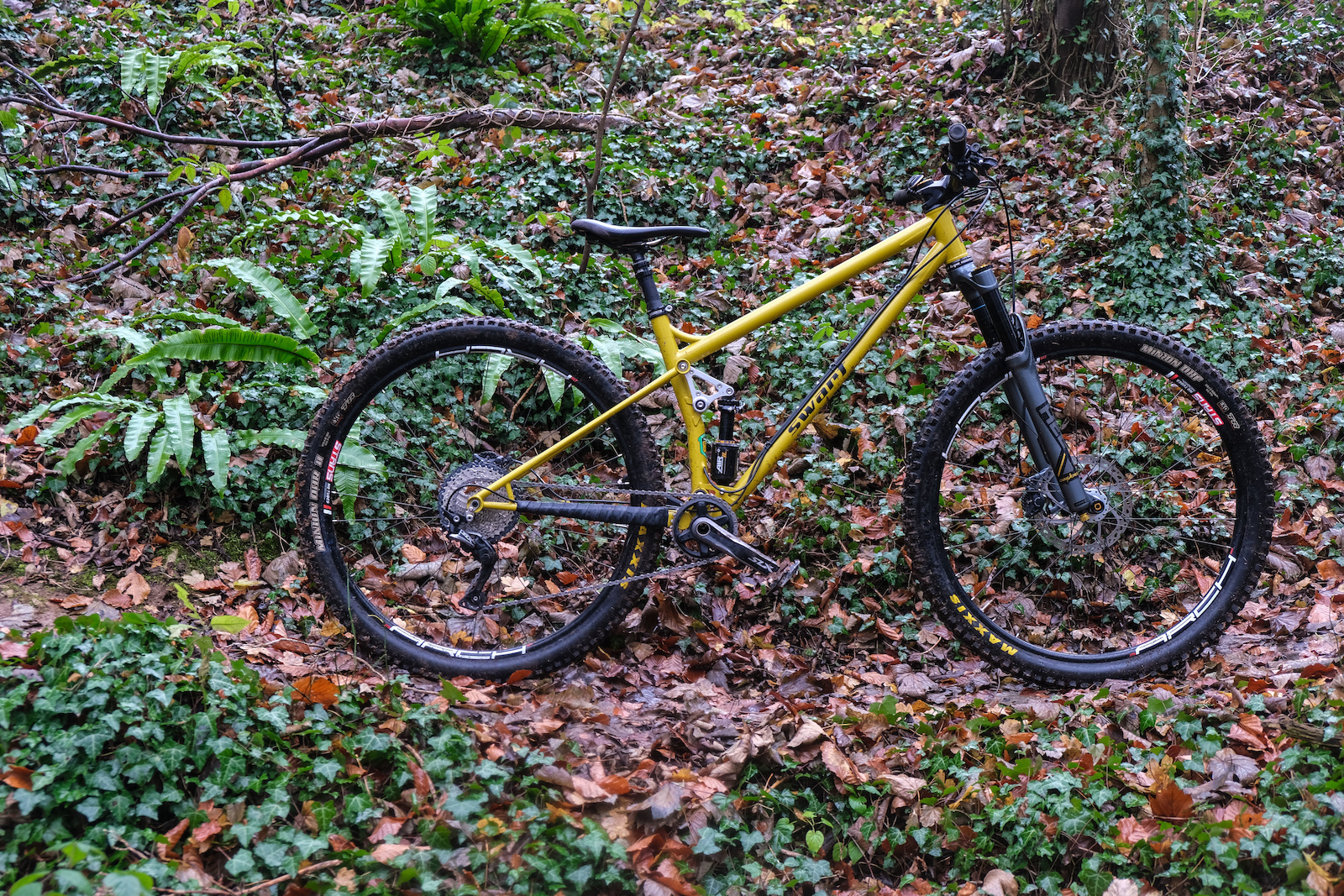

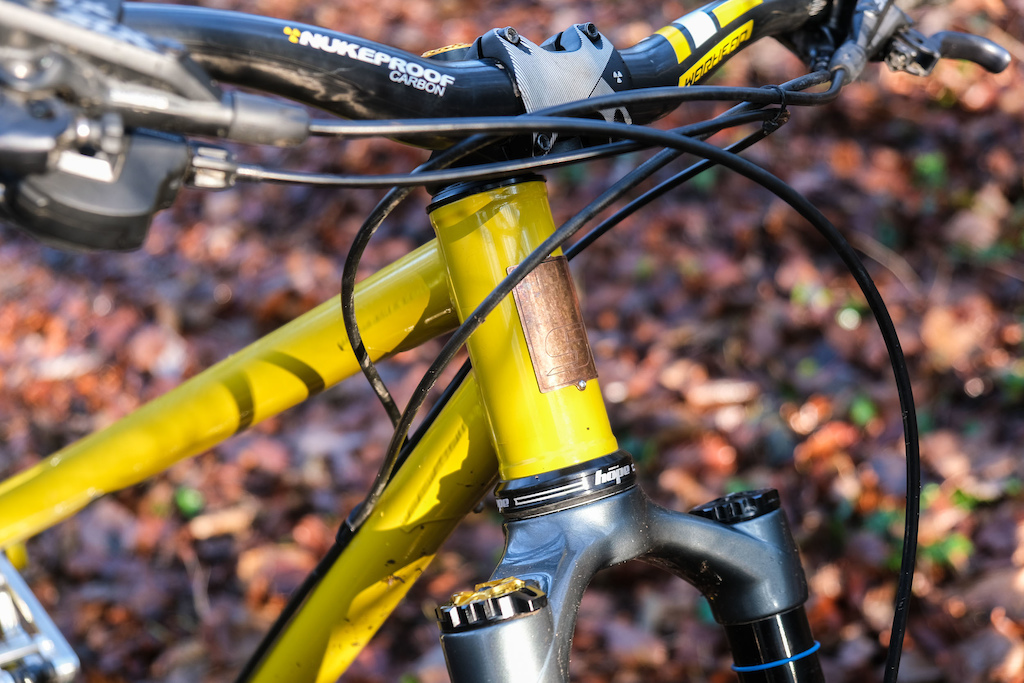
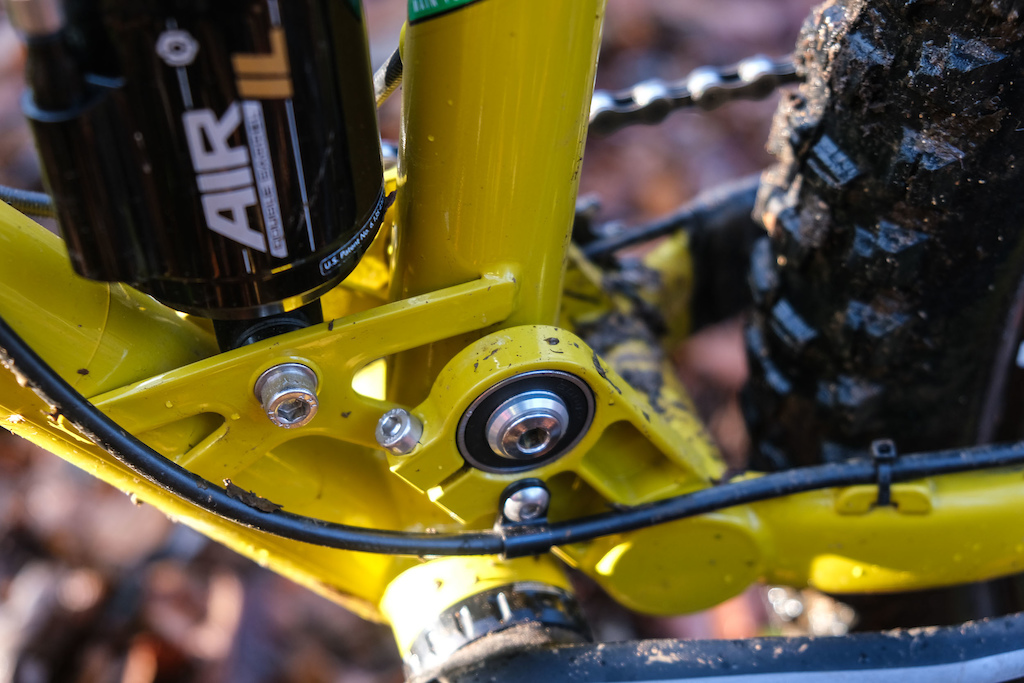
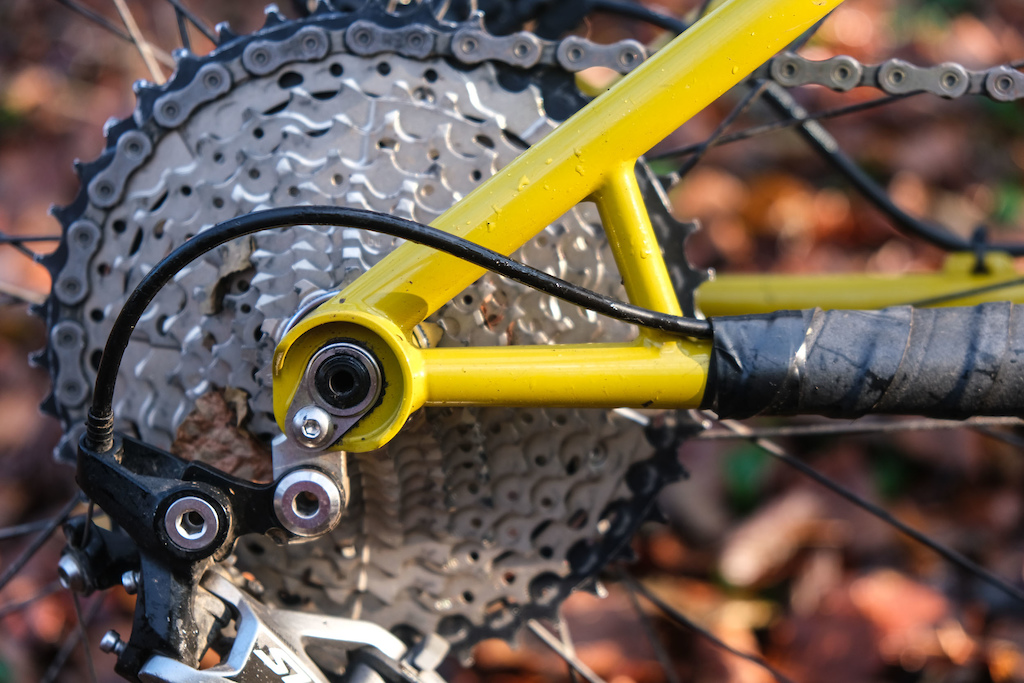
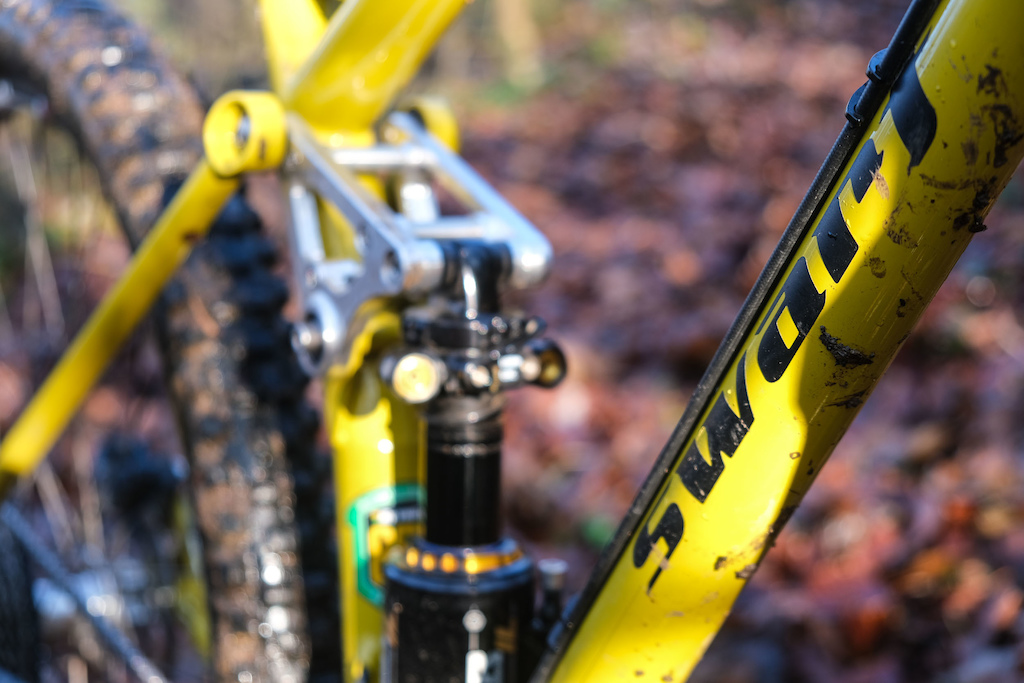
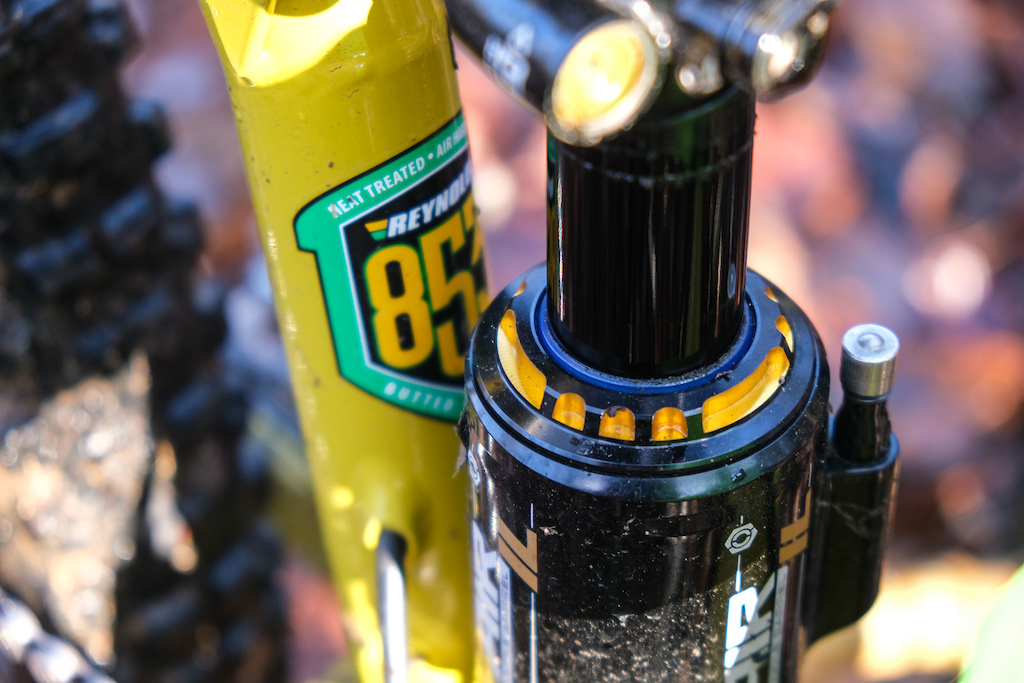
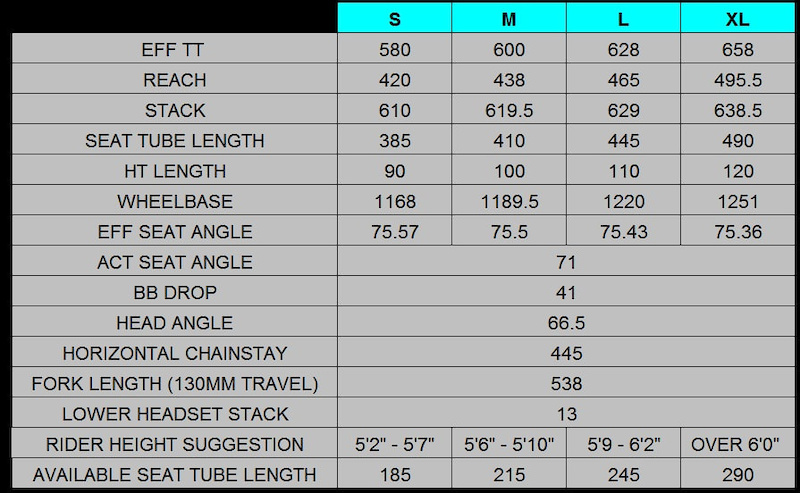
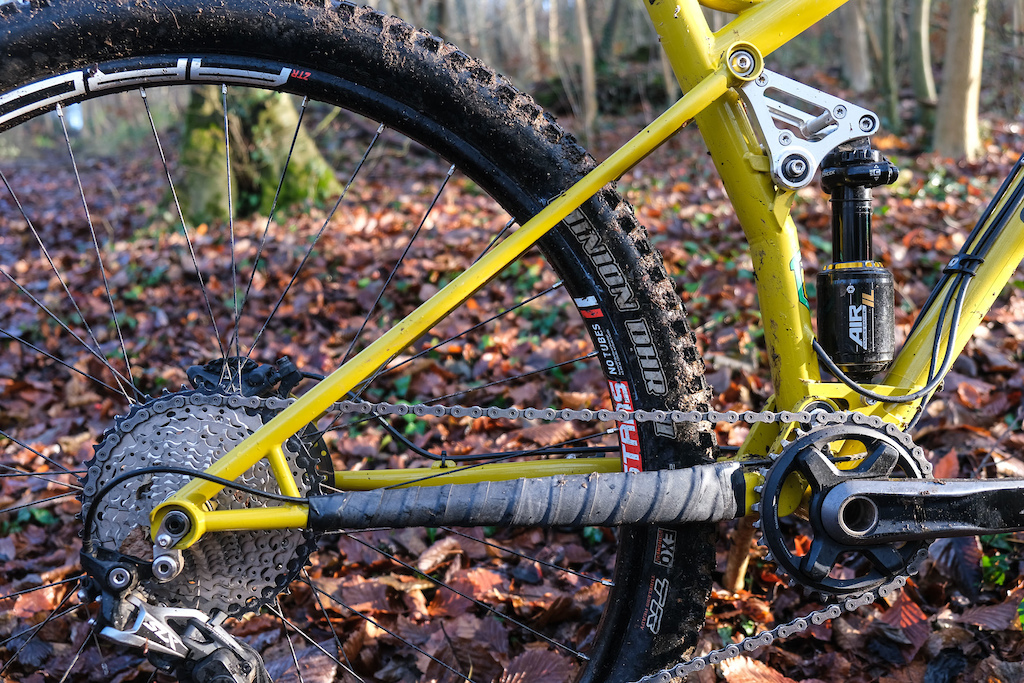
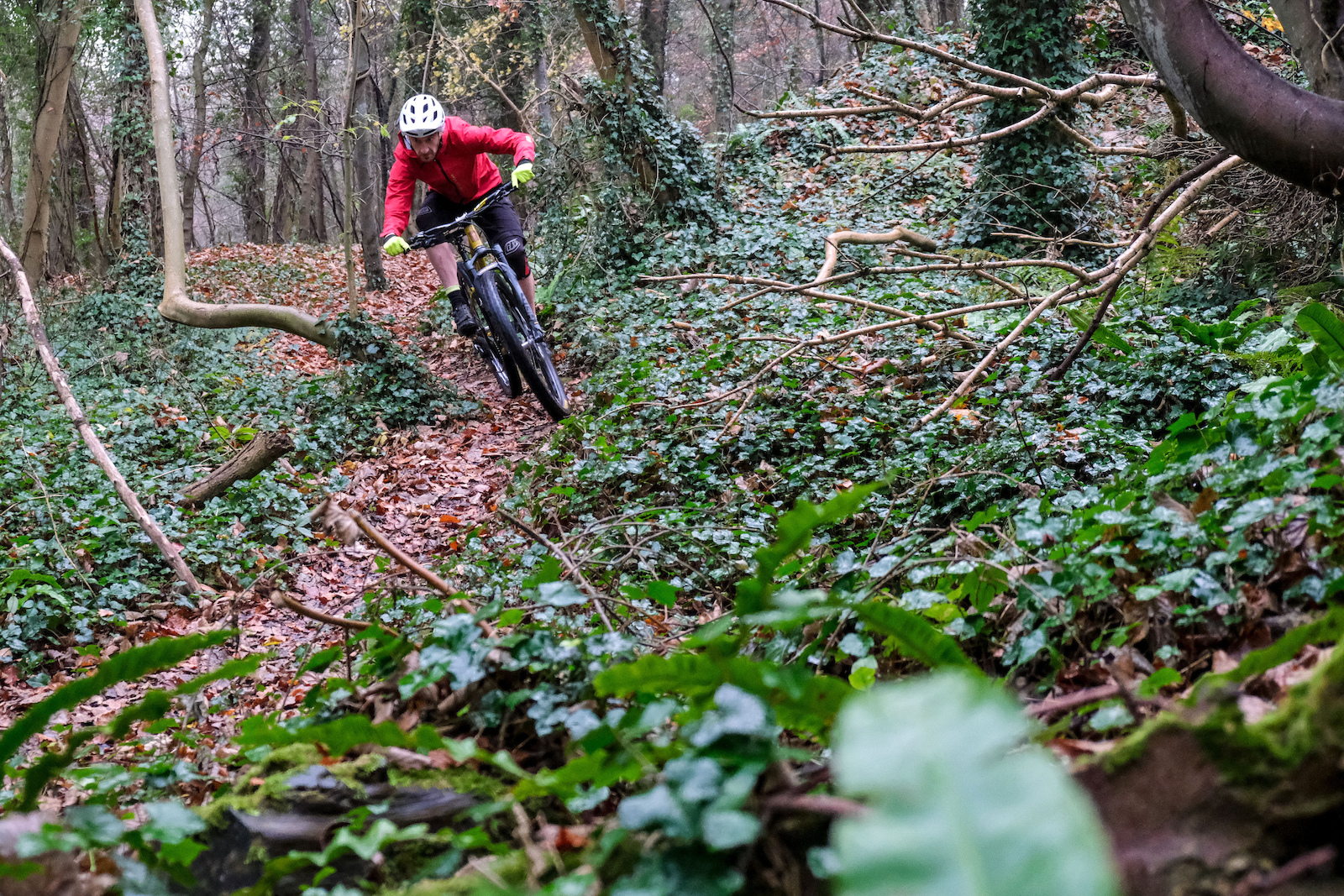

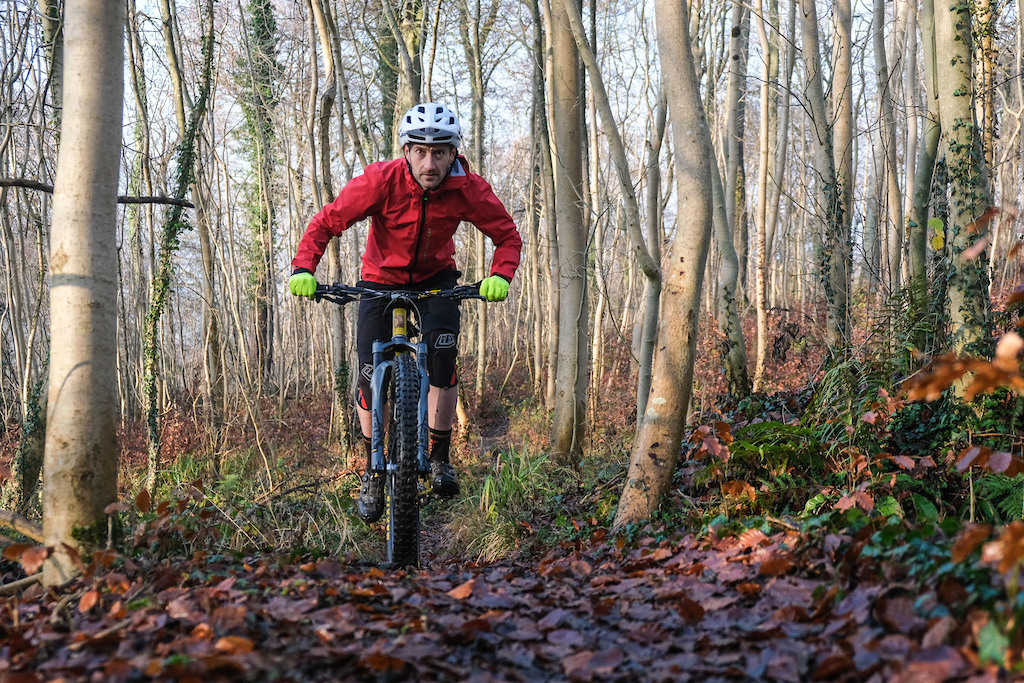
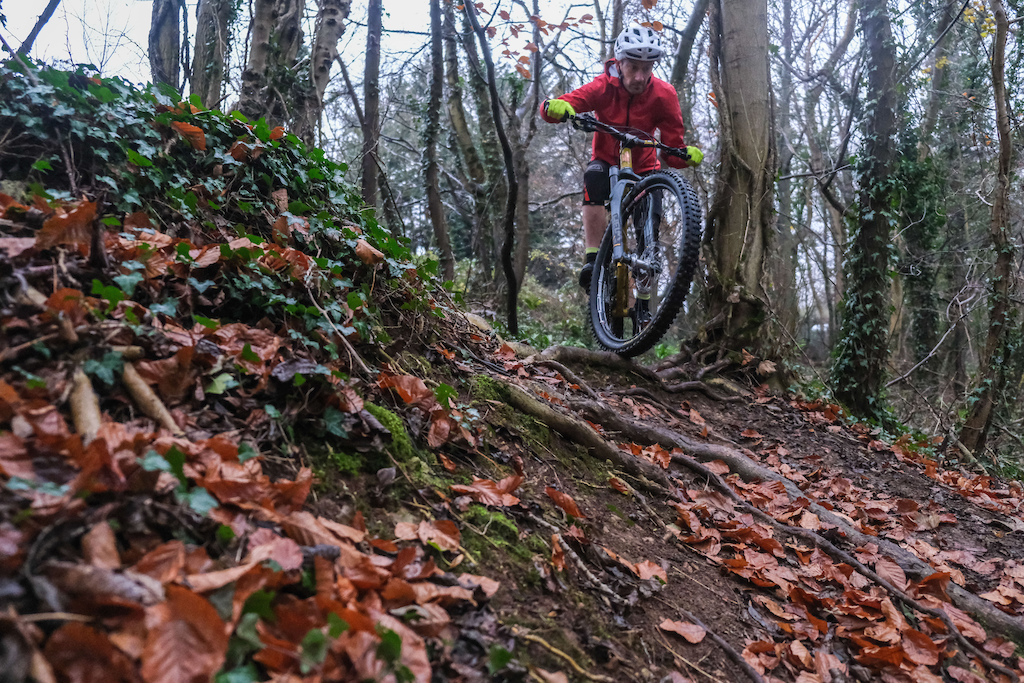
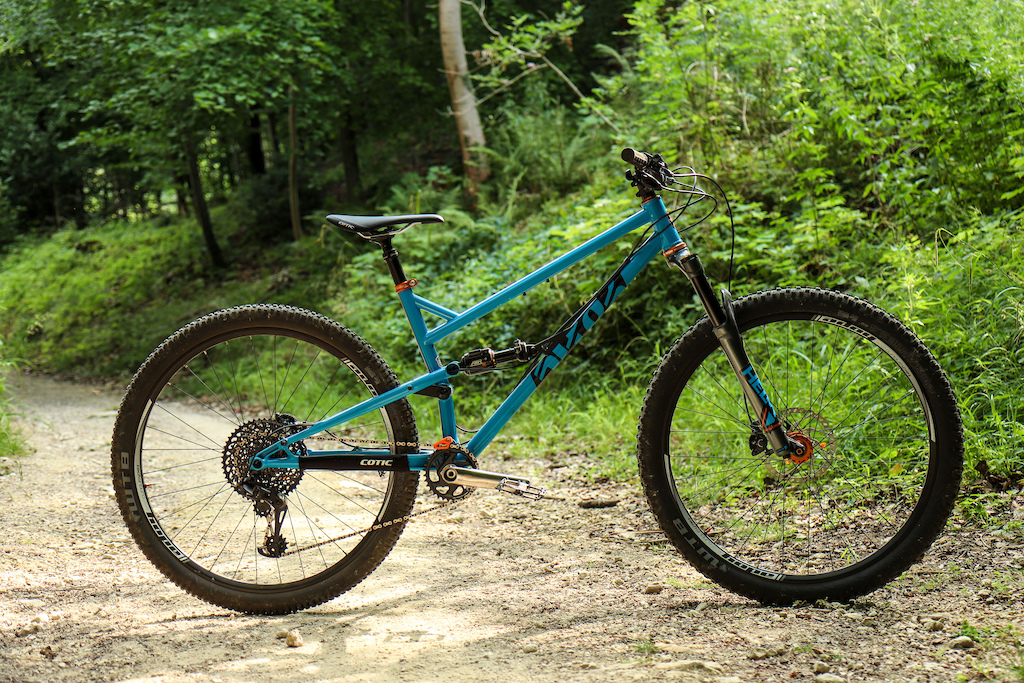
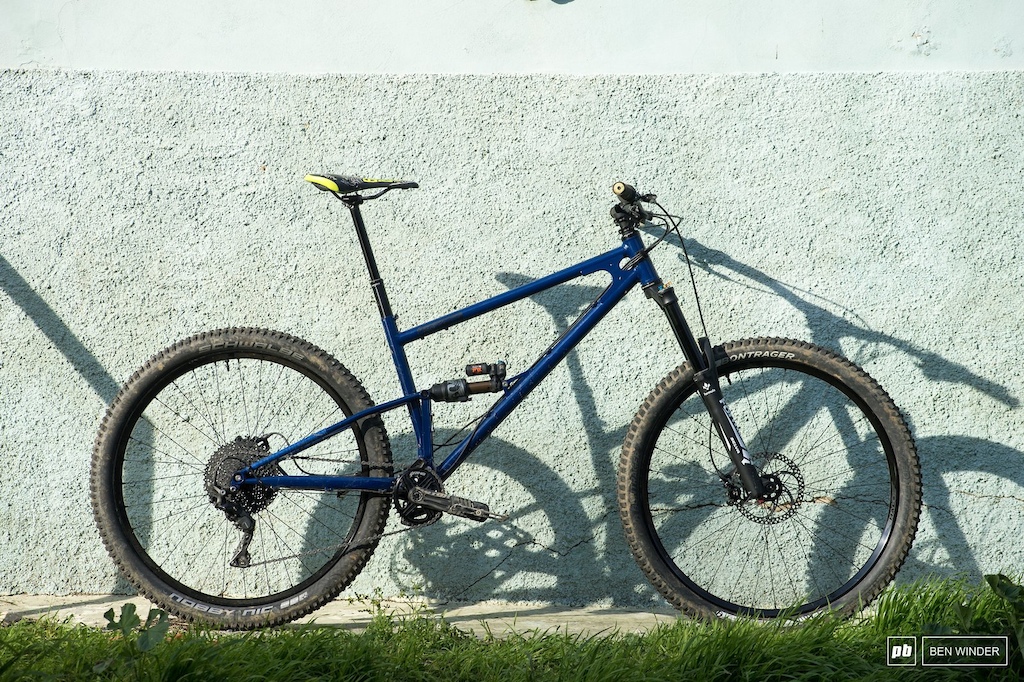
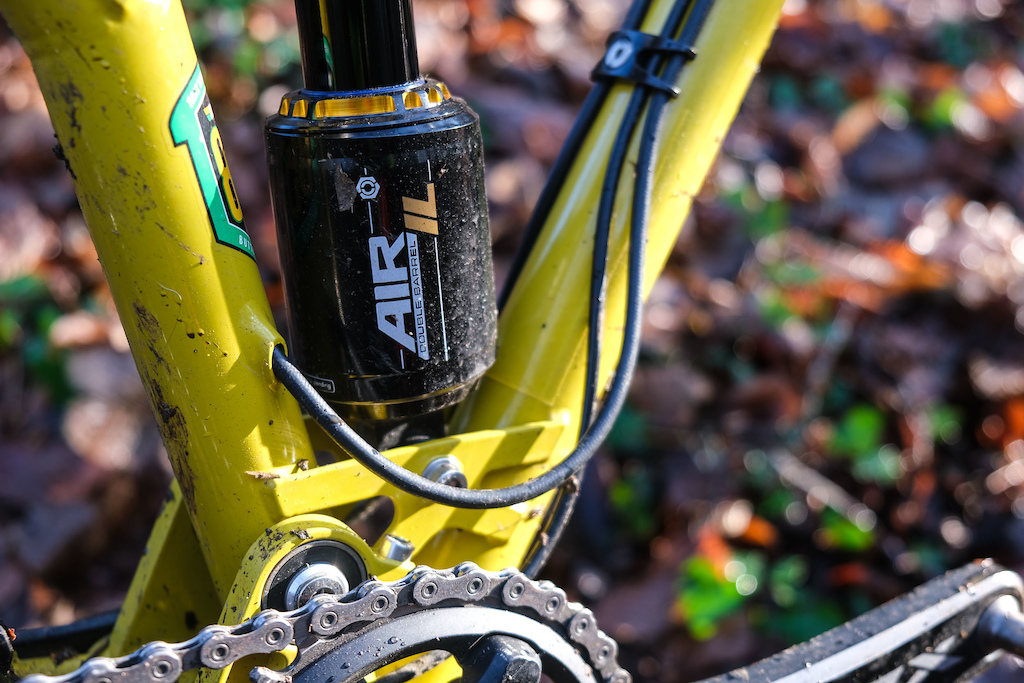
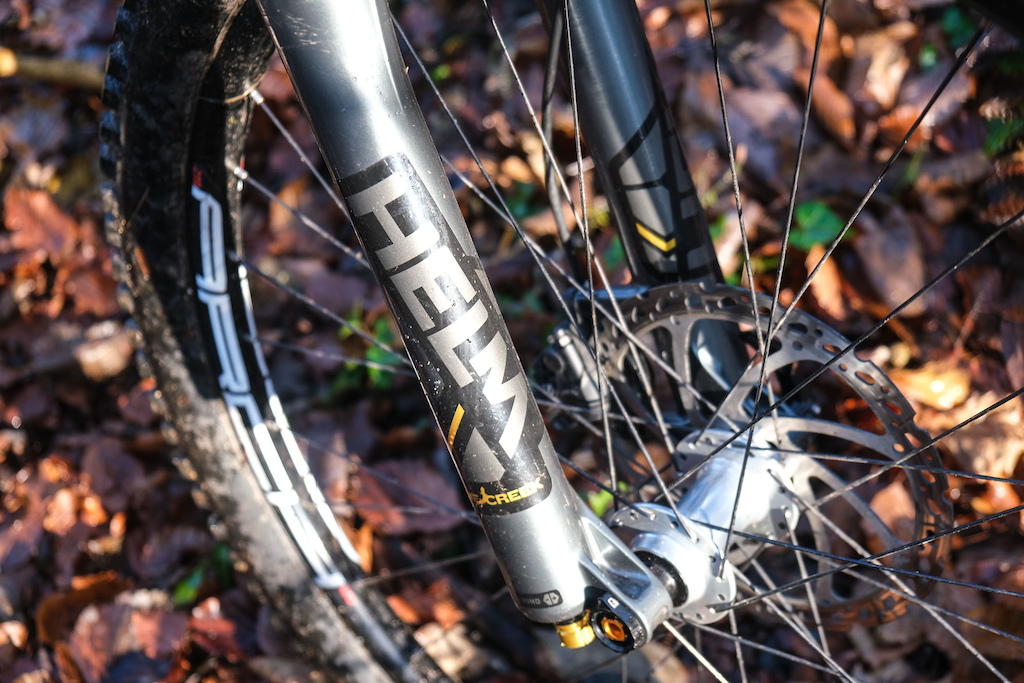

 Member since Apr 12, 2015
Member since Apr 12, 2015
@colincolin: If you don't want to accept psi then just ask your mom to do the conversion, make you a new label and stick over the old one. You indeed really don't have to accept this. Stay strong.
That gives you an aproximation.
(Don't do that for people, you'd be kilos off)
@colincolin: Not familiar with that game but considering the kind of reasoning we have in this discussion, that would make vinay a horrible card game
@whydomylegshurt : Are you sure those German aerospace engineers at NACA/NASA actually did the required calculations in imperial?
Basically, pick a unit system a be dick about it. Doesn't make one any less of a dick.
1kg (of frame weight) wont make a big difference- If youre that weak go and get your strenght up.
Also its as expensive as most Alu frames which are made in way bigger quantities.
I know some people who have PR'ed on enduro runs on that Starling, which as a super basic single pivot, but was still faster than their carbon uber bike with complex patents hanging all over the suspension design.
Your comment may also go to show just how much the rider and the rider's comfort on a bicycle matters, and maybe—just maybe—how much a lot of technological changes don't make much of a difference.
I'm all for new technologies and carbon is cool but these steel bikes are sexy.
I wouldn't even mtn bike if that's what I had to ride.
Pinkbike, it would be nice if we got testers that weighed more than a roadie for some of these reviews. I think Levy is the biggest at like 160. Give us some big boys! Or at least average sized boys!
Not a single picture where you're smiling.
25.4mm = 1 inch fyi. So 140mm ÷ 25.4mm = 5.5118110236 according my calculator app. Round to 5.5. PITA. We should teach both systems in US schools if they don't already.
And pressure. Bar is way to big to be useful at all.
Do you mean millibar?
Yes, me and Pascal have been introduced, he is pretty hard to see however being so incredibly small.
Kilopascal could be a useful way to talk about pressure I guess, but no one uses it currently. It is pretty small though too. I can see the discussions
"You are going to pinch flat for sure at 158 kPa, you got to be at 172 kPa at least on this trail."
Decibar is the closest to avoid talking decimals with bar, we all know how much decimals set people off here.
Sure, PSI is more useful for bike tyres, but kPa is really widely used through science and industry. I used it in school from age 11 up.
en.wikipedia.org/wiki/Pascal_(unit)#Usesunit
I'm totally for the American units for measuring height though, i.e. 224 Michael Jordans = 1 Empire State Building is easy to work with. Our 94.5 Peter Crouchs = 1 BT Tower is clunky by comparison.
I am all for measurements like your talking about. On our racing team we spoke of Todd force as a unit. I also like discussing distance in Chevrolet Suburbans(1980's Suburbans obviously).
It just always seems funny though to be dealing in tenths and hundredths of a measuring system for everyday usage.
I know that in reality it is the same but, I would rather say 27 than 2.7 if someone asks me how much pressure I am running.
1.8 ish
1.85
It just seems weird to give up fidelity with these kinds of measurements.
I like imperial weight and pressure but inches and feet can go suckit.
The real elephant in the room is why we don't ditch base 10 for base 12. Well, the elephant* in my room anyway.
1 elephant = 1.67 Michael Jordans (h) x 1.35 Chevy Suburbans (l)
Base 12 up to 60 are easy to count on your hands that is kinda nice. It is why time uses the units it does I believe. Something to do with Sumerians.
I’m only intersted in bikes with a low BB (or can be modified to be low). Peddle strikes - just train yourself to peddle inbetween the rocks!
My biggest criticism of 29ers is that I feel too high up - lower that BB down ;-)
At least use the correct syntax to correct someone...
Its *pedal, not #pedal
If you can point me to an accurate, accepted, established and reliable source that will inform me on how to correct someone's spelling mistakes on the Pinkbike internet message forum then I'd be delighted.
If not, just learn how to spell.
Are you not confusing bb drop with bb height?
You must have a pretty boring life to feel the need to trawl internet comments correcting people’s spelling. Bet you’re a right laugh to be around :-).
Look up the definition of *. One of its uses is a correction since the internet came along.
Woken, woke - both correct ;-)
Say what?!?!
*EDIT* Assuming it is engineered properly!
When I read this, I thought, "Oh goody, CC finally updated the Dialed app..." [opens app... still no 2019 Stumpjumper...]
Don't get me wrong. I love my Cane Creek suspension, and the website is great, but their app... meh. Hasn't been updated since its release in 2016.
Aluminum will also definitely break one day.
In materials classes the saying is "Don't ask if, aluminum will break, but when."
Not that it would concern me - if it rides well and you want a steel bike, those extra couple of pounds shouldn't even factor into your decision IMO.
That niggle aside, I love almost everything about this.
I appreciate the craftsmanship, but am not fooled.
1625£ = 2861.16$ CAD (conversion as of today May 6th 2019 14h52)
2861.16$ CAD + 5% GST = 3004,22$ CAD
I didn't take into account the shipping cost but I guess it would add at least 150$ CAD to the total.
There are plenty of options cheaper. But there are also plenty that cost more.